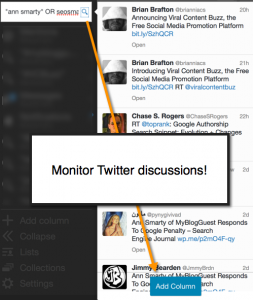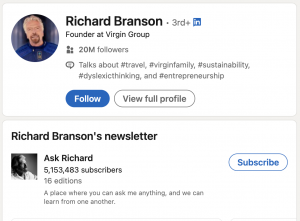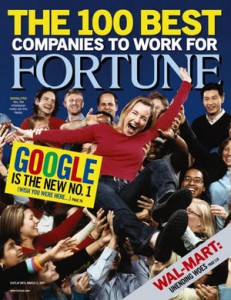
A strong base of passionate ambassadors is crucial to the success of any B2B business, especially as it relates to influencing prospects and maintaining brand visibility. To build such a base of future employees, candidates or new clients, a business must implement a referral program. In this Part 1 of a two-part series, we will examine the science behind successful referral programs from the internal-employee referral perspective for potential, future talent. In Part 2, we’ll cover new business referrals from the external-client perspective.
The Science behind Employee Referral Programs
The benefits of employee referral programs significantly outweigh the costs. According to one study by Cornerstone (formerly Evolv) a technology company that empowers people, 65% of companies report having an employee referral program and 36% filled their last opening through an employee referral. In a B2B sales setting, employee referrals can mean higher retention rates, shorter recruiting processes, and overall better cultural fits within companies.
Process is Key
The benchmark of a truly successful referral program in a B2B sales setting is a business’s distinct and easy to use process. Paper-based referrals submissions are long out dated. Instead, implement an online portal-based program that makes the referral as easy as a few clicks. Often, this is part of the HR technology tool set within a company or these can be separate platforms. Furthermore, you can consider online tools that employees are already using such as social media.
Bonus tip: Offer the ability for employees to share company listings socially, or via email, with minimal effort.
Top Employees Have an Eye for Top Talent
To increase the likelihood of bringing on top B2B sales talent, involve top performing sales reps and managers in the referral program. With firsthand experience in a B2B sales setting, current top performers are not only the most knowledgeable about the role but are also well-versed in what it takes to succeed in the position. Encourage them to be the company’s ambassadors when conducting employee referrals.
Bonus Tip: Allow non-employee referrals from anyone interested in the overall advancement of the business, such as clients, retired employees or stakeholders.
Creative Incentivization
Commonly employee referral programs offer financial compensation for successful referrals that are hired. While 48% of employees surveyed in a CareerBuilder survey said cash bonuses would further motivate them to participate in a company’s referral program, creative incentives such as charitable donations and vacation time go beyond the routine payout and motivate employees even more to refer qualified candidates. Include ample recognition with rewards to highlight their success.
Bonus Tip: Utilize gamification principles to create a sense of competition within sales teams and individuals participating in referral programs. Depending on which technology platform you adopt, it will provide competitive tools and games to help you manage this process. Often tools that help you with client referral programs can help you manage employee referrals as well, e.g.: Influitive.
Timeliness above All
For B2B sales professionals, time is the most valuable commodity. When implementing employee referral programs, rapid response times indicate to the employee that hiring personnel are mindful of their time – specifically time away from their sales responsibilities.
Bonus Tip: Provide regular updates to employees regarding candidates they’ve referred. Whether or not the referred candidate is hired, provide timely feedback to employees to keep them in the loop.
Whichever technology you choose for your employee referral program, remember the basics; establish an easy way for employees to raise awareness of your company and the opportunities jobs at the company represent and also be easily rewarded for doing that. Once you have that covered, your employee referral program is well on its way to building credibility with your employees.
Look out for Part 2 in this referral blog series where we’ll cover new business referrals from the external-client perspective.
(234)
Report Post







